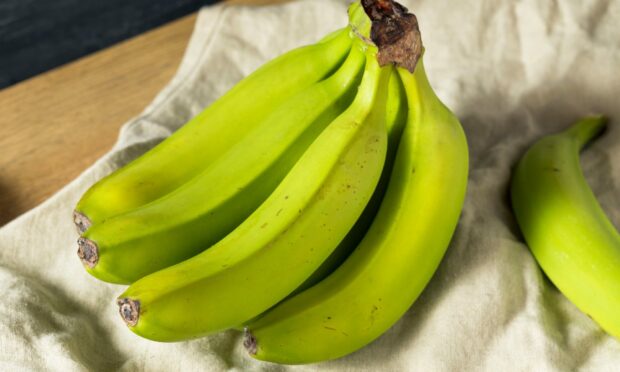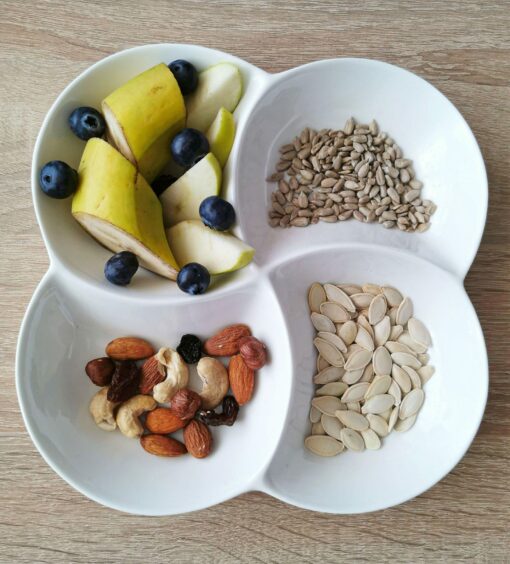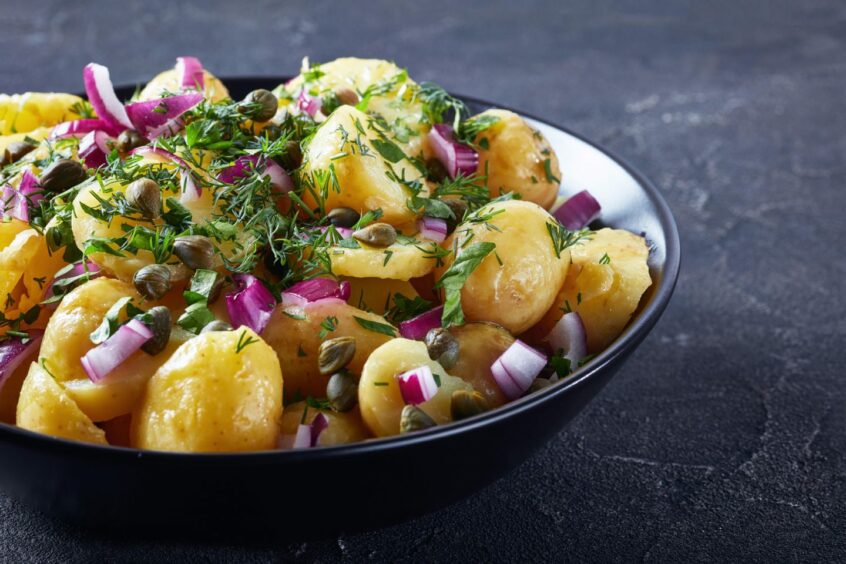Most people wait until bananas turn yellow before eating them, but a new study suggests eating the fruit while it’s still green could have some interesting health benefits.
That’s because unripened bananas contain more resistant starch, which according to research from the Universities of Newcastle and Leeds, may reduce the risk of certain cancers in some people.
The study looked at almost 1,000 participants with Lynch syndrome, a genetic condition which causes people to be predisposed to a range of cancers.
It showed that a regular dose of resistant starch, taken for an average of two years, did not affect cancers in the bowel but did reduce cancers in other parts of the body by more than half.
The effect was particularly pronounced for upper gastrointestinal cancers, including oesophageal, gastric, biliary tract, pancreatic and duodenum cancers, which can be particularly difficult to detect.
Experts hope the findings – published in Cancer Prevention Research – could possibly be beneficial to the general population too, not just people with Lynch syndrome.
So, what is resistant starch, how else might it be good for you and how can you increase your intake?
What is resistant starch?
“Resistant starch is a type of fibre that the body can’t break down,” says Laura Southern, nutritional therapist at London Food Therapy (londonfoodtherapy.com). “That’s where the word ‘resistant’ comes from – resistant to digestion.”
Also known as fermentable fibre, it can’t be digested by the small intestine, explains dietician Sophie Medlin, founder of City Dietitians (citydietitians.co.uk).
“Therefore it travels through to the large bowel, where it feeds our beneficial bacteria,” says Medlin. “Resistant starch is found naturally in some foods like bananas and oats, but it’s also found in cooled and reheated pasta, rice and potatoes.”
Why is resistant starch beneficial?
Many of the potential health benefits associated with resistant starch start with the gut microbiome – the millions of bacteria and other microbes in your gut.
“Our gut microbes use resistant starch to create a substance called butyrate, which helps reduce inflammation and increase antioxidants,” Southern says. “It is extremely important for supporting digestion.”
Butyrate is a type of short chain fatty acid, which has wide-ranging benefits. Medlin says: “We know how important they are for preventing inflammation all over the body and also managing the prevention of cellular changes within the bowel.”
It’s believed some people have a microbiome that’s more favourable to the development of certain health problems than others, due to the ratio of “good” versus “bad” bacteria in the gut. Eating resistant starch – as part of a balanced, healthy diet overall – may help to redress the balance.
Medlin continues: “When we feed more of the beneficial bacteria, they compete for space in the bowel with the bacteria that can denote various cancers. So we now know that the more we feed our good bacteria with foods like resistant starch, the better our overall health outcomes are likely to be.”
Plus, fermentable fibre can help with other common dietary challenges, Southern adds: “Resistant starch is useful for those with blood sugar issues as it increases insulin sensitivity. It is also filling, so can help with weight management.”
How can you eat more resistant starch?
“Loads of commonly consumed foods contain resistant starch,” says Medlin. “Oats, peas, lentils, potatoes – it’s about making sure that we consume plenty of plant matter every day, to ensure we are feeding our beneficial bacteria.”
As for bananas, she suggests eating one of the slightly greener fruits a day.
Resistant starch is unusual in that there’s often more of it in certain foods that have been cooked then cooled.
“Cooking new potatoes, putting them in the fridge and then eating them the next day, as part of a salad niçoise or with olive oil and fresh herbs as a potato salad, would provide resistant starch,” says Southern.
“Cold rice salads would also provide a similar positive effect, but be careful with cooling rice and then eating it.”
Freezing sliced bread then toasting it from frozen is another way to increase resistant starch, as is adding a sprinkling of seeds into your favourite dishes, she adds: “A handful of pumpkin seeds sprinkled on to a bowl of soup, or a tablespoon of sesame seeds in a stir-fry would all be nutritious additions.”




Conversation